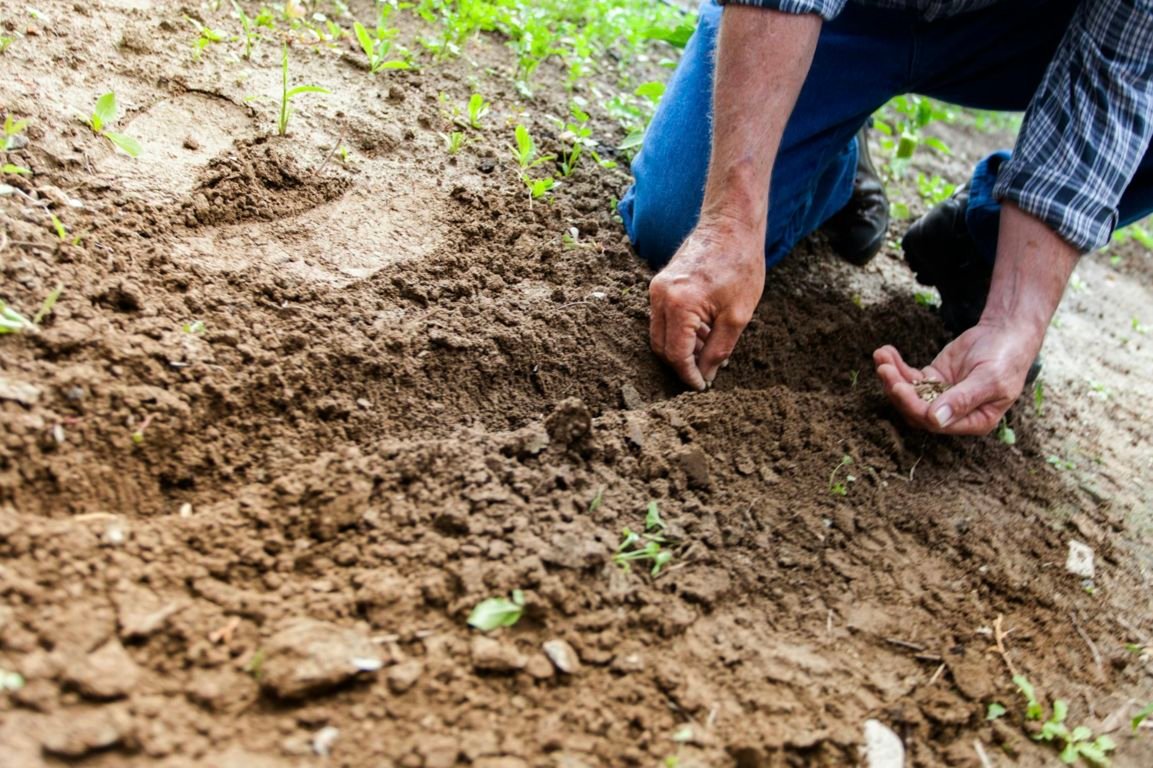Beautiful Plants For Your Interior
What Is a Soil Moisture Meter and Why It Matters
A soil moisture meter is more than just a garden gadget — it’s a powerful tool that helps you grow healthier plants with confidence. Whether you’re caring for delicate indoor plants or maintaining a lush outdoor garden, understanding exactly how moist your soil is can make all the difference in plant health and survival.
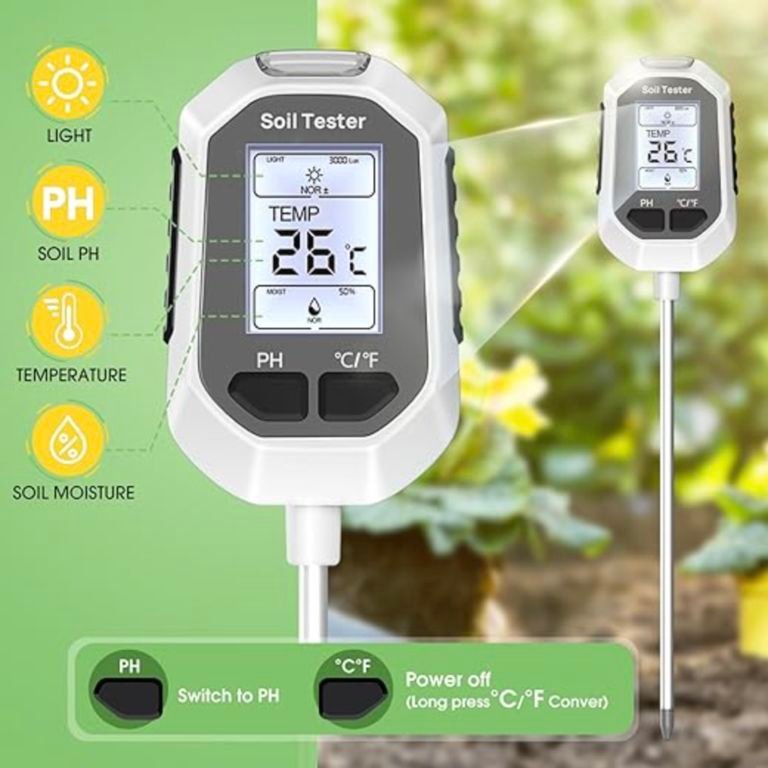
How It Helps You Avoid Overwatering or Underwatering
Overwatering drowns roots. Underwatering dries them out. A moisture sensor eliminates the guesswork, giving you clear, instant readings of your soil’s condition. This means fewer drooping leaves, fewer root rot surprises, and a lot more thriving greenery — especially in tricky pots or with fussy houseplants. When you know the moisture level, you know when to water — and when to wait.
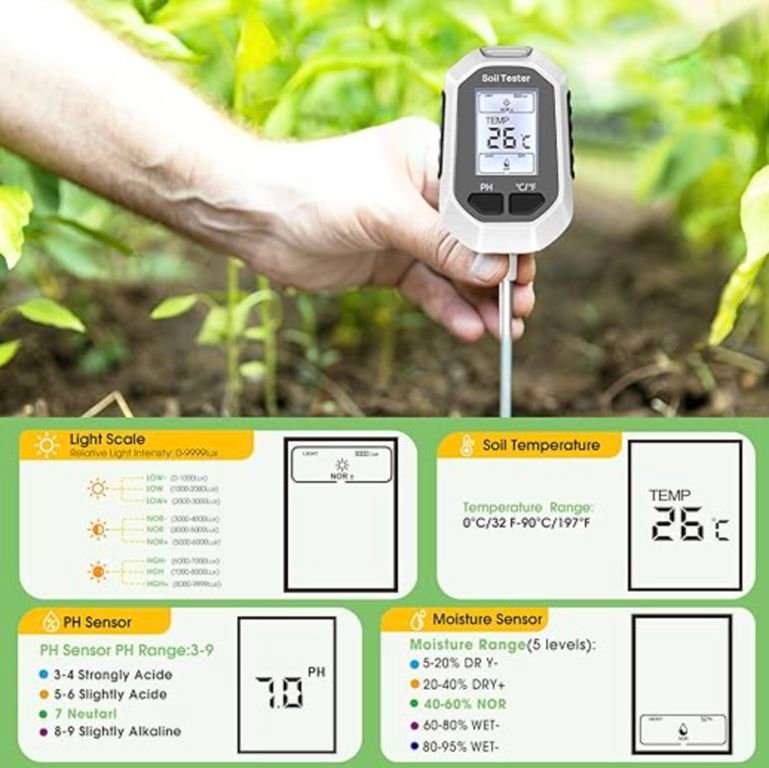
The Science Behind Measuring Soil Water
Most moisture meters use a simple but effective concept: they detect the electrical conductivity between metal probes inserted into the soil. Moist soil conducts electricity differently than dry soil — and that change gives you a reliable reading. Advanced models, like those with a hygrometer sensor, offer even more precise tracking of soil water content, helping you adapt to different soil types and plant needs with total confidence.
Using a Soil Moisture Meter the Right Way
Getting the most from your soil moisture meter means more than just sticking it into the dirt. Proper use ensures accurate moisture readings, helps you care for each plant more precisely, and protects your meter from damage.

Simple Steps for Accurate Readings
Description for this block. Use this space for describing your block. Any text will do. Description for this block.
- Water your plant as normal, then let the soil settle.
- Insert the probe into the soil—about halfway between the stem and edge of the pot or garden area.
- Wait a few seconds for the dial or digital moisture meter to stabilize.
- Read the moisture level and remove the meter.
- Wipe the probe clean after each use to maintain accuracy.
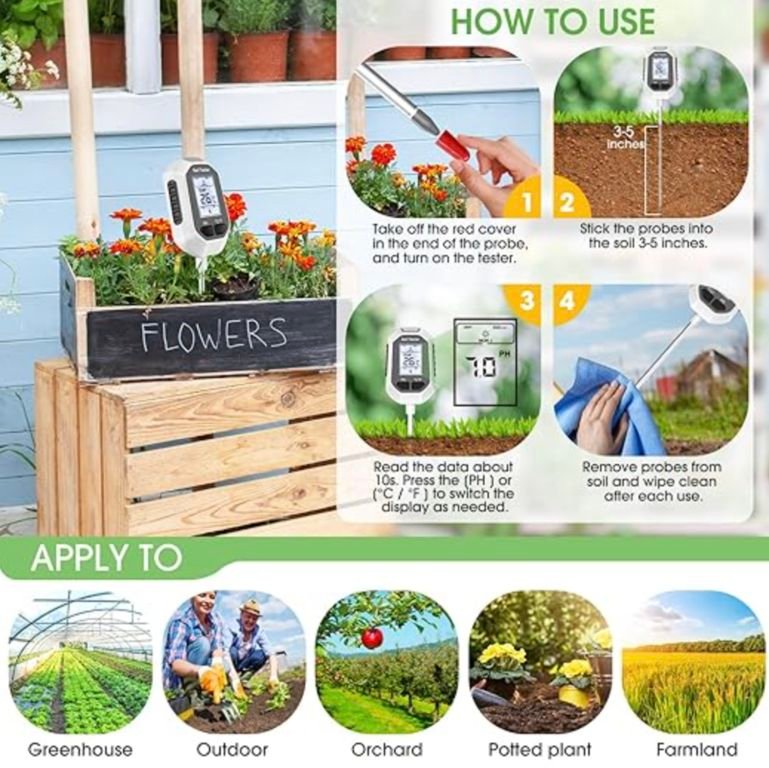
Where to Insert the Probe in a Pot or Garden Bed
To get the best data, the probe needs to reach the plant roots, where water matters most. Avoid just testing the soil surface — it dries out quickly and won’t reflect what’s happening deeper down. For houseplants indoor, insert the probe about halfway into the pot depth. In garden beds, aim for 4–6 inches or near root level depending on the plant.
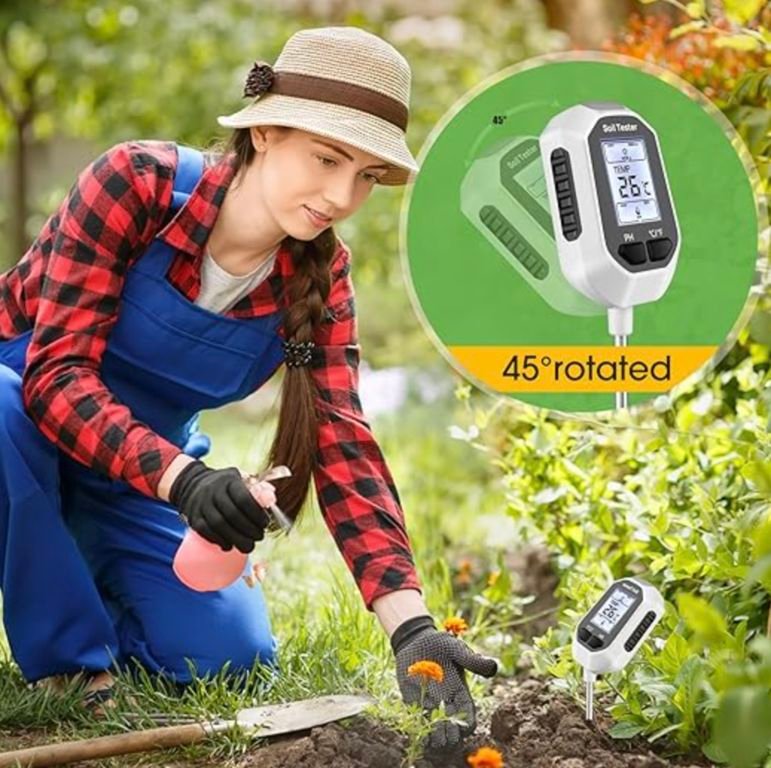
Mistakes to Avoid for Reliable Results
- Don’t leave the probe in the soil between readings — it can corrode or throw off accuracy.
- Avoid testing in overly compacted or rocky soil that may damage the sensor.
- Don’t rely on visual cues alone — plants can look healthy even when roots are stressed.
- Never force the probe into dry, hard soil. Moisten it slightly if needed.
- If your model is battery required, check power before assuming the reading is wrong.
Choosing the Best Moisture Meter for Your Needs
Not all moisture meters are created equal. Whether you’re a weekend gardener or a full-blown plant parent, the right meter can simplify your routine and improve your results. Here’s how to pick the one that suits your setup best.
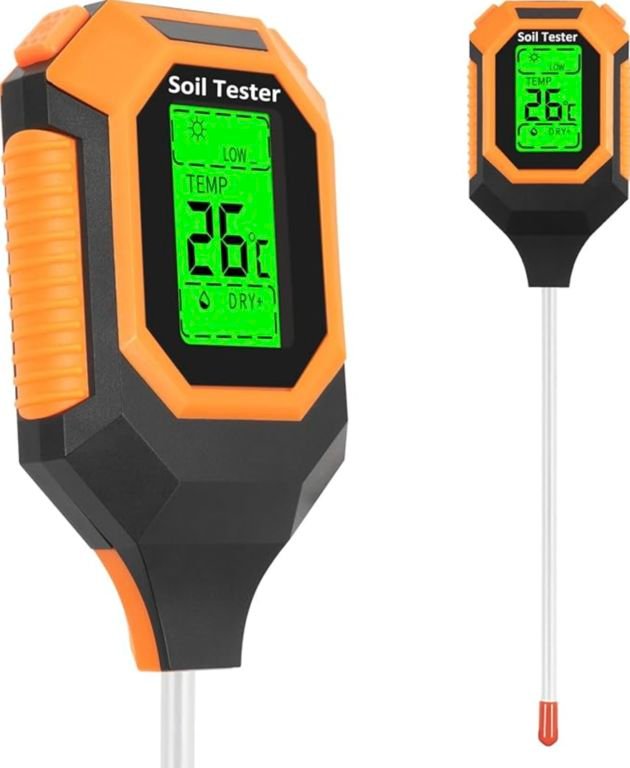
How to Read Plant Moisture Levels Correctly
Reading your moisture meter is easy — but knowing what those numbers or zones mean for your specific plant is where the magic happens. This section helps you go from simply “checking” to truly understanding plant moisture needs.
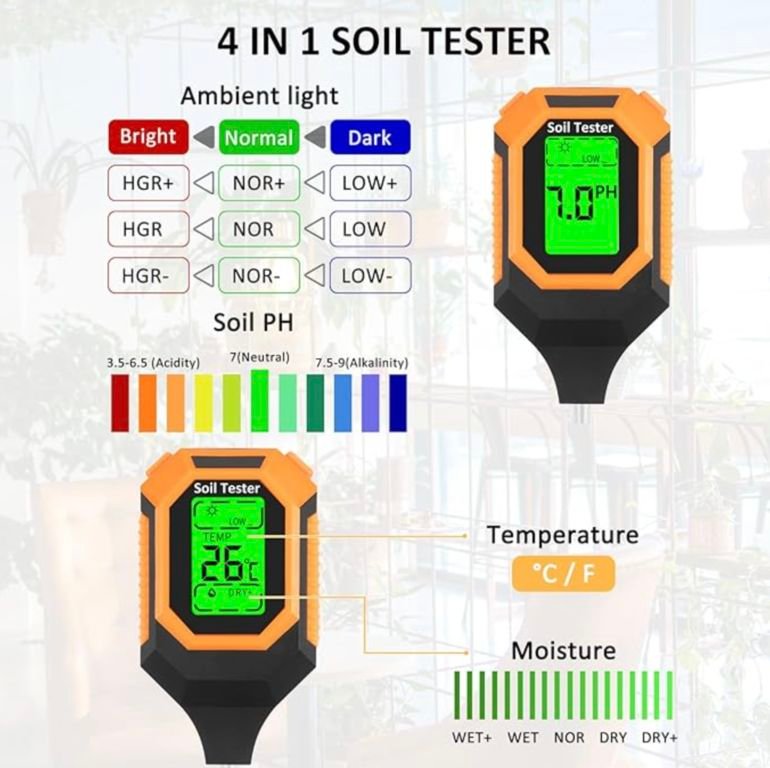
Understanding Meter Readings
Most plant moisture meters display results in a simple range — often labeled dry, moist, or wet. Digital models may show a number from 1 to 10 or a percentage. Here’s how to interpret the basics:
8–10 / Wet: Soil is too saturated. Hold off on watering — excess soil water can cause root rot.
1–3 / Dry: Soil is lacking water. Time to water — especially for thirstier plants.
4–7 / Moist: Ideal zone for most plants. Themoisture level is just right.
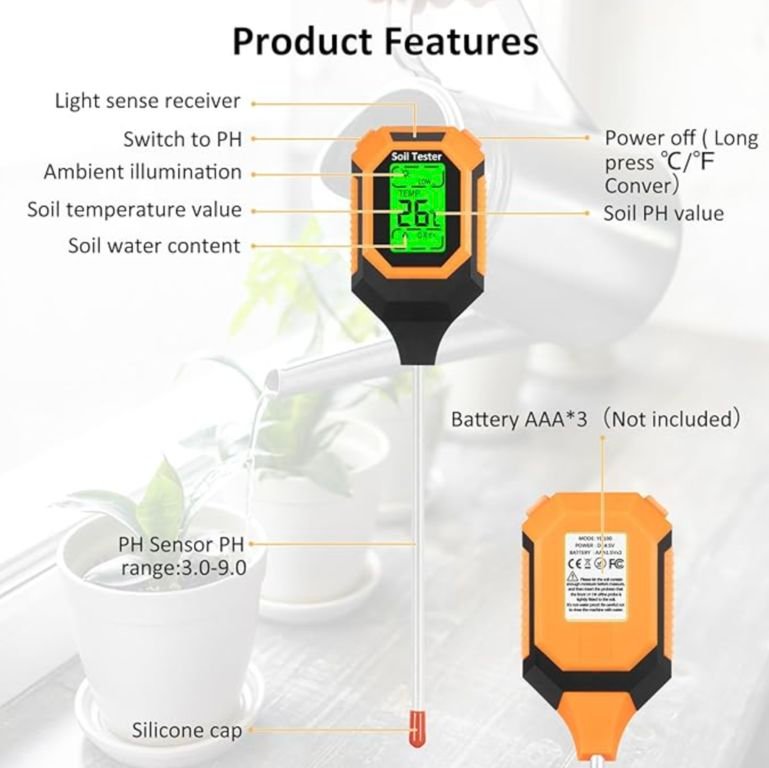
Matching Readings to Specific Plant Types
Different plants have different preferences — and using a moisture meter for plants helps you tailor care to their unique needs.
Outdoor Plants & Garden Beds: Check deeper — plant roots may need water even if the soil surface feels dry.
Succulents & Cacti: Keep the soil on the dry side. Water only when meter shows low levels.
Tropical Houseplants (like Monstera or Peace Lily): Thrive in the mid-moist zone. Don’t let the soil get too dry.
Herbs & Edibles: Most prefer consistent moisture, but not soggy soil. Stay in the 4–6 range.
Moisture Meters for Plants vs Compost: What Changes?
While a moisture meter for plants is designed to check how much water your soil holds around roots, measuring moisture in compost is a different task altogether. The environment, the purpose, and the reading requirements change — and understanding these differences ensures you use the right tool for the job.
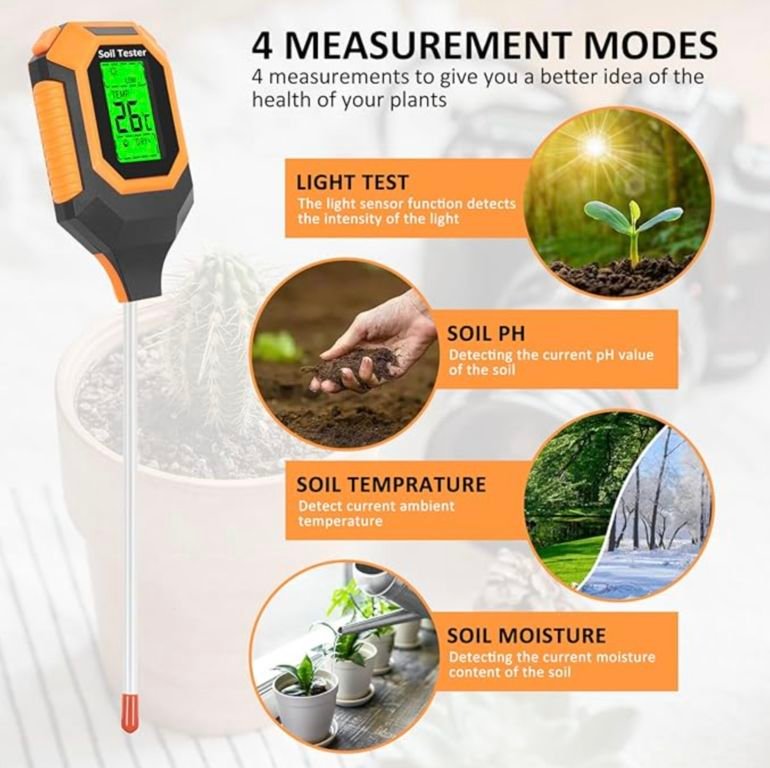
Why Compost Needs a Different Approach
Compost isn’t just dirt — it’s a living system. Unlike regular potting soil or garden beds, compost requires a precise balance of moisture and airflow to break down organic material effectively. That’s why using a compost moisture meter often requires more depth, a longer probe, and sensors that can handle the variable texture of unfinished compost.
Typical moisture meters may struggle to read accurately in compost because the material is looser, less uniform, and can hold water differently depending on decomposition stage. A soil moisture sensor built for compost will offer stronger durability and a broader calibration range, ensuring it can detect both moisture and density shifts.
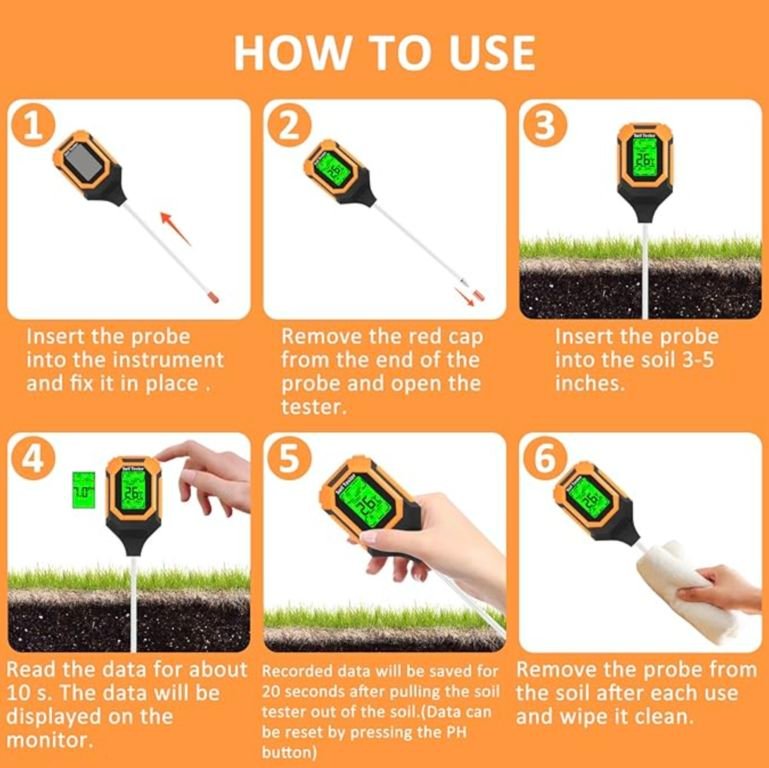
Choosing Tools That Handle Both
If you tend both indoor and outdoor plants and also manage a compost pile, investing in a versatile meter is essential. The best choice is one that can adapt to both fine soil mixes and chunkier compost materials without sacrificing accuracy. Look for meters labeled as suitable for compost use, and those with long probes that reach deep enough into your pile while also giving precise readings in a regular garden pot.
Some meters even function as a soil test kit, giving you data not just on moisture content, but also light and pH — ideal for gardeners who like full control. The key is ensuring your tool can transition easily from measuring soil moisture in your houseplants to assessing whether your compost is thriving or drying out.
Where to Place Your Plant Moisture Meter for Best Results
Knowing where to insert the probe makes all the difference between a reliable reading and a misleading one. Whether you’re tending to a compact indoor plant or managing a full outdoor garden, proper placement ensures your moisture meter tells you exactly what your plants need — no more, no less.
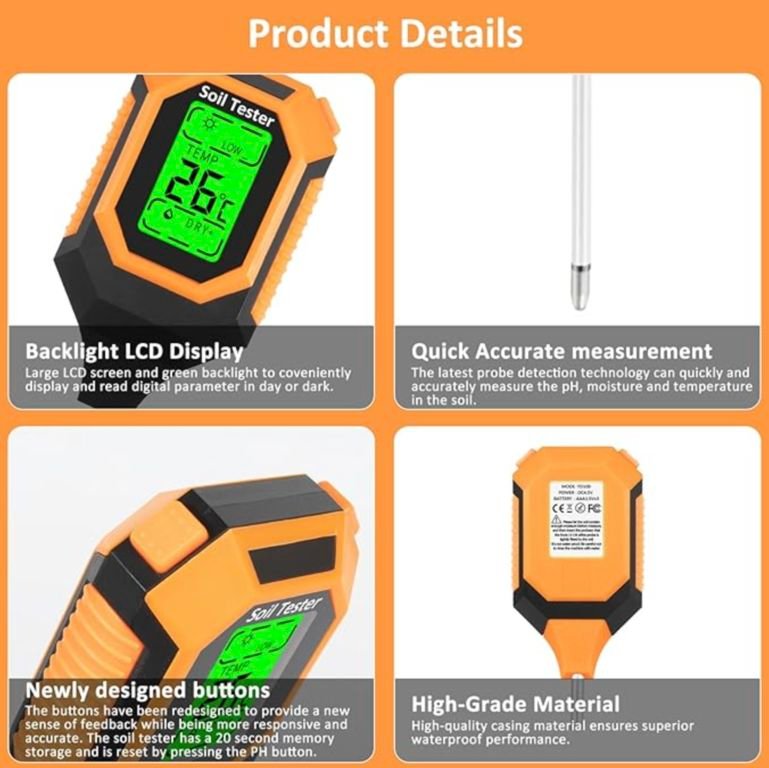
Is a Hygrometer Sensor Really Necessary?
For many gardeners, a basic moisture meter does the job — but a built-in hygrometer sensor can take accuracy and plant care to the next level. It’s a smart upgrade for those who want more precision and reliability in every watering decision.

How It Enhances Moisture Accuracy
A hygrometer sensor goes beyond surface readings by detecting subtle changes in soil moisture levels that basic probes can miss. This added sensitivity helps prevent both overwatering and underwatering, especially in moisture-sensitive plants. It’s especially useful for indoor plant care where soil dries unevenly. With clearer data, your watering becomes less guesswork and more strategy.
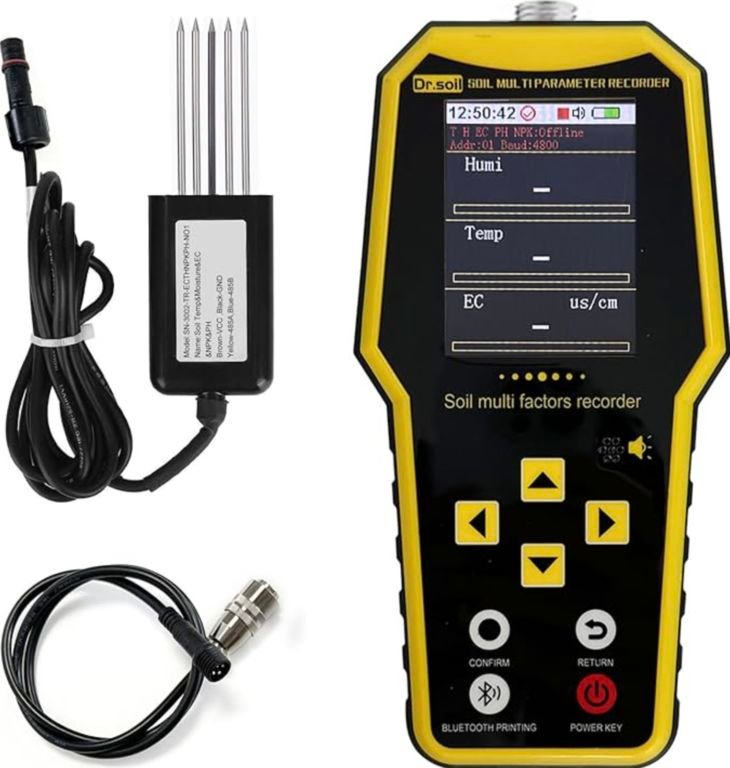
When It’s Worth Paying Extra
If you’re growing rare, expensive, or particularly picky plants, the extra investment in a hygrometer moisture sensor for indoor or outdoor use can save you stress and plant loss. It’s also worth it if you’re managing a large number of plants or juggling multiple soil types across your garden. While cheaper tools may cut corners, a quality sensor helps ensure you’re getting accurate, consistent feedback every time you water. For serious gardeners, it often pays for itself in healthier plants.
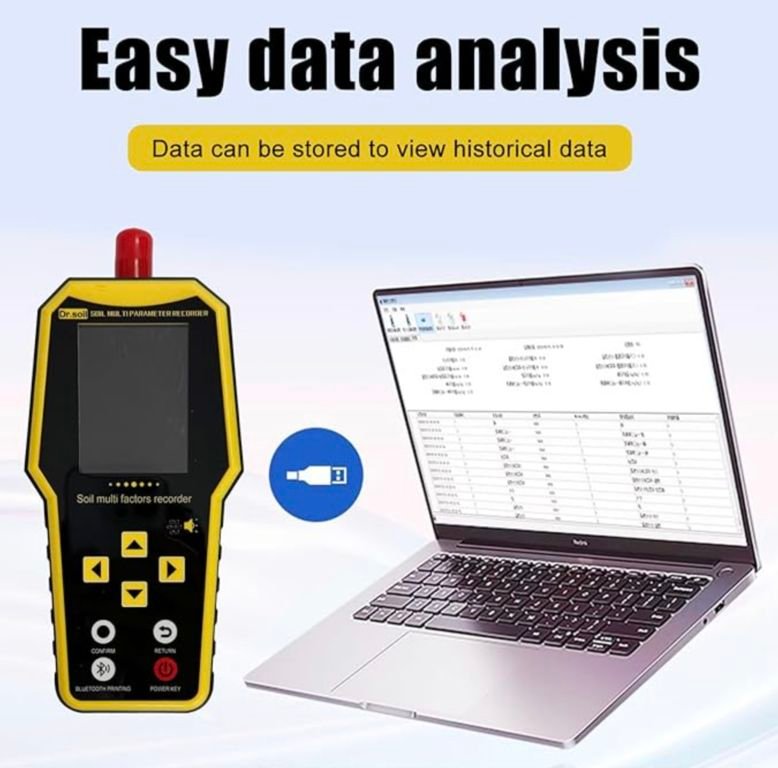
Final Tips to Maximize Results
A soil moisture meter is one of the simplest ways to improve your lawn plant care and avoid common watering mistakes. But to get the best results, it helps to use the tool alongside smart gardening habits that support healthier, longer-lasting plants.
Don’t Forget to Use Soil That Drains Well
Even the most smart soil moisture technology can’t fix poor drainage. If your soil is dry on the surface but waterlogged underneath, plants can still suffer. Make sure you’re using soil blends that allow water to move freely, especially in containers. A high-quality xlux soil moisture meter can help you identify whether the soil is holding too much moisture — before your plant might show visible signs of stress.
Pair with a Water Monitor for Smarter Care
For more efficient watering based routines, pairing your meter with a moisture monitor or water meter offers better insight, especially in a larger indoor outdoor garden setup. Tools like the soil moisture monitor for house plants now come with Bluetooth capabilities, letting you track and compare level of the soil moisture without needing to manually check every pot. It’s a smart upgrade that gives more control with less effort.
Track Progress to Spot Plant Health Trends
Over time, your meter can do more than just tell you whether the soil is wet or dry. By consistently checking moisture meter in the soil across seasons and plant types, you’ll start to notice patterns — which plants dry out faster, which pots stay damp, and when your plants need to be watered. A quality moisture monitor for house plants that’s easy to read, made to last, and provides accurate results becomes a key part of your long-term lawn plant care strategy.
Avoid cheaply made meters that break or lose accuracy. Choose a garden tool that’s easy to install, simple to use, and won’t be damaged if accidentally left in the soil too long. Whether you’re building your own system or searching for gardening gifts, a well-made meter soil moisture tool is one investment that continues to deliver — helping you grow stronger, greener, happier plants.
FAQ
To use a soil moisture meter, gently insert the probe into the soil, about halfway between the plant and the edge of the pot. Push it down far enough to reach the root zone, then wait a few seconds. Most models will display the moisture level clearly, so you can tell if your plant needs water. After reading, clean the probe and store it properly to maintain accuracy.
A soil moisture meter works by measuring how easily electricity moves through the soil. Moist soil conducts electricity better than dry soil. The meter uses this data to show how wet or dry your soil is, helping you eliminate guess work from your watering routine and care for your plants with confidence.
While it might seem convenient, it’s not recommended to leave the meter in the soil for extended periods. Long-term exposure to moisture can wear down the sensor and lead to inaccurate readings. For long-term care, use the meter as a spot-checking garden tool and remove it after each use.
Analog soil moisture meters don’t require power because they rely on simple electrical conductivity between metal probes. This method works naturally with the moisture in the soil, so no battery needed. It’s an eco-friendly and low-maintenance option for plant lovers who prefer a hassle-free tool.
To read a soil moisture meter, look at the gauge or digital screen once it’s been in the soil for 60 seconds. Most show zones like dry, moist, and wet, or a numbered scale. Use this reading to water your plants correctly — not too much, not too little — based on their specific needs.
Leave the moisture meter in soil for about 60 seconds or until the reading stabilizes. That’s usually long enough for an accurate result. Don’t leave it in for hours — this can damage the probe and shorten its lifespan.

